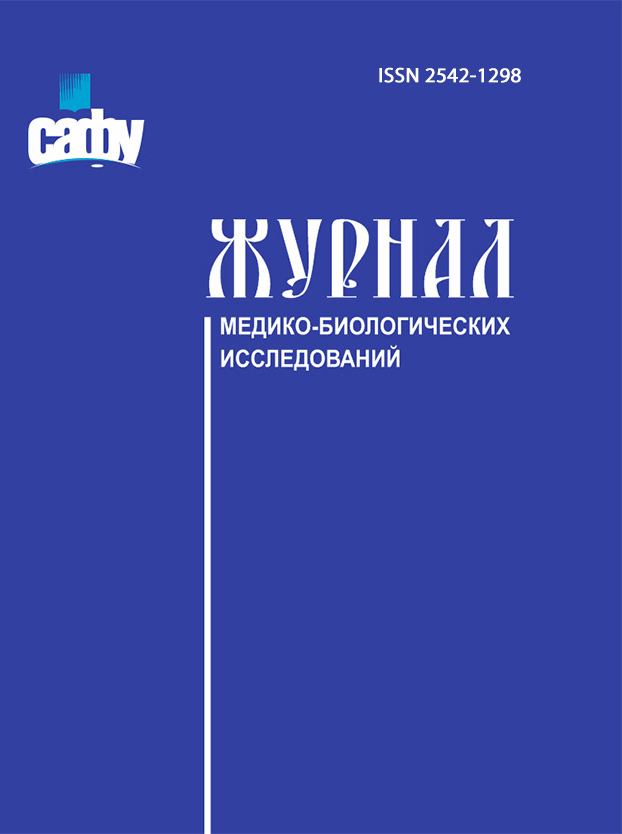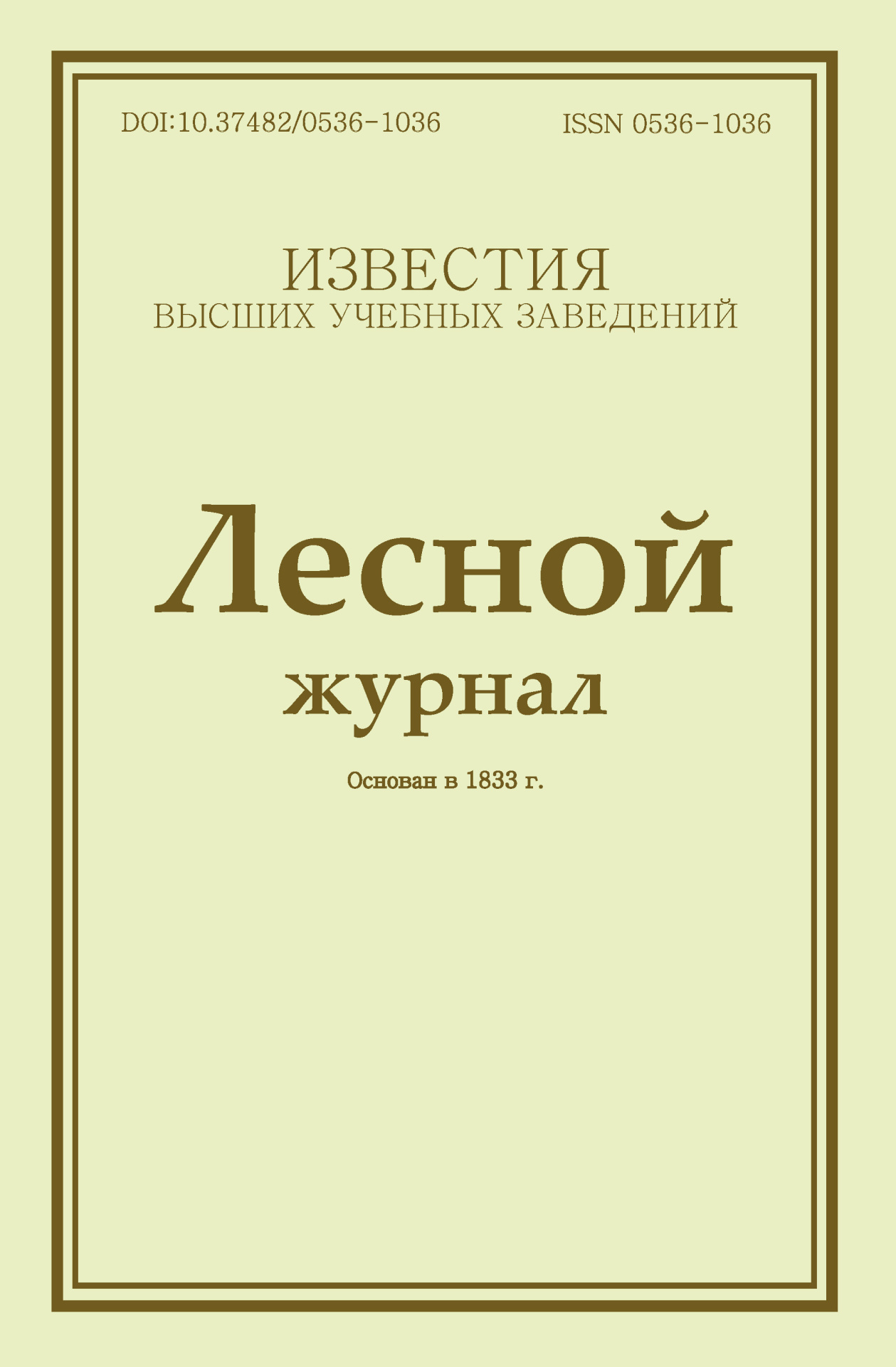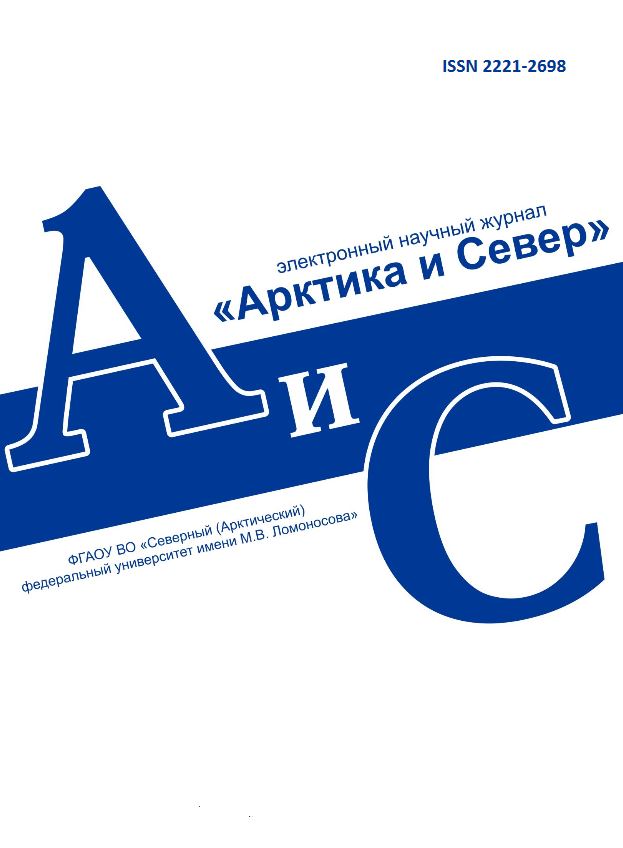
Vestnik of Northern (Arctic) Federal University.
Series "Humanitarian and Social Sciences"
ISSN 2227-6564 e-ISSN 2687-1505 DOI:10.37482/2687-1505
Legal and postal addresses of the founder and publisher: Northern (Arctic) Federal University named after M.V. Lomonosov, Naberezhnaya Severnoy Dviny, 17, Arkhangelsk, 163002, Russian Federation Editorial office address: Vestnik of Northern (Arctic) Federal University. Series "Humanitarian and Social Sciences", 56 ul. Uritskogo, Arkhangelsk
Phone: (8182) 21-61-20, ext. 18-20 ABOUT JOURNAL |
Section: Philology Download (pdf, 4.5MB )UDC81’34AuthorsSvetlana V. AndrosovaAmur State University korp. 7, 21 Ignat’evskoe shosse, Blagoveshchensk, 675027, Russian Federation; e-mail: androsova_s@mail.ru Hai Teng Amur State University korp. 7, 21 Ignat’evskoe shosse, Blagoveshchensk, 675027, Russian Federation; e-mail: tenghai123@mail.ru AbstractThis paper focuses on universal and specific features of postvocalic /l/ vocalization in spontaneous American speech (AE), Russian as L1 (RR) and Russian as L2 speech produced by Chinese learners of Russian (RCh). Unlike in British English that has both light and dark varieties of /l/: [l], [lʲ], in AE only dark variety of /l/ is represented; in Russian there is a phonemic opposition of dark and light /l/ and /lʲ/. Acoustic cues of vocalized /l/ compared to its canonical variety include greater number of formants that go above 1000 Hz and increased intensity and duration. There are no data concerning /lʲ/ vocalization. The results of our acoustic study indicate that there are no grounds to consider vocalization a feature of Chinese accent while acquiring Russian and AE as L2, because both RR and RCh speakers demonstrated almost the same percentage of postvocalic /l/ vocalization that was similar to the data on AE, with the quality of the preceding vowel having no effect on the process in all speech samples analysed. However, specific features of vocalization were noted: 1) much larger percentage of /lʲ/ vocalization in RR compared to RCh; 2) longer duration and higher intensity of vocalized /l/ in RCh compared to RR; 3) word-internal i-like vowel insertion after postvocalic /lʲ/ in RCh that was not found in RR.Keywordsvocalization, postvocalic /l/ glide, spontaneous speech, American English, Russian language, Chinese accentReferences
|
Make a Submission
INDEXED IN:
|
Продолжая просмотр сайта, я соглашаюсь с использованием файлов cookie владельцем сайта в соответствии с Политикой в отношении файлов cookie, в том числе на передачу данных, указанных в Политике, третьим лицам (статистическим службам сети Интернет).






